The history of furniture design is a fascinating mirror of the cultural and social evolution of societies around the world. From the Renaissance to the present day, let's explore the evolution of furniture styles and their impact on the world of interior design.
The Renaissance (15th-16th centuries)
Emerging from a Europe slowly recovering from the Middle Ages, the Renaissance saw art and culture flourish with renewed vigor. Furniture from this period reveals a preference for structure, with a marked inspiration from the classical arts. Furniture is adorned with elaborate sculptures, with motifs borrowed from mythology and nature.
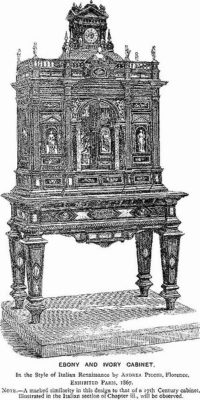
Baroque (17th century)
With its exuberance and bold shapes, the Baroque offers a striking contrast with the sobriety of the Renaissance. The furniture is majestic, with a predilection for curves, gilded ornamentation and opulent motifs.
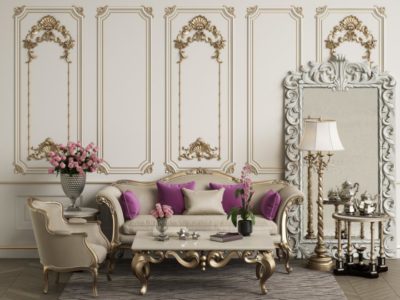
Rococo (mid-18th century)
Succeeding the Baroque, Rococo is distinguished by its lightness and more cheerful motifs. Furniture adopts more organic forms, with floral ornaments and elegantly curved legs.
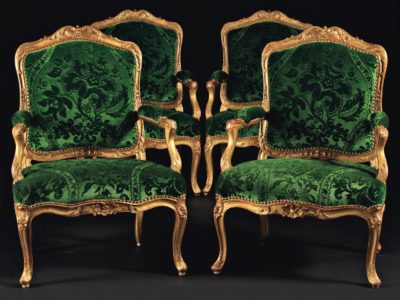
Neoclassicism (late 18th - early 19th centuries)
Back to our classic roots, Neoclassicism is characterized by clean lines, symmetrical motifs and sober ornamentation. Furniture from this period borrowed heavily from ancient Greece and Rome.
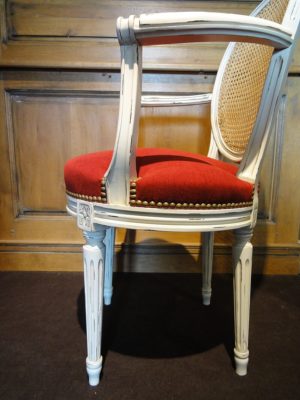
Art Nouveau (late 19th - early 20th century)
This artistic movement marked a radical departure from previous styles. The emphasis was on natural, flowing forms, Art Nouveau is reflected in the furniture's sinuous lines, plant motifs and organic aesthetic.
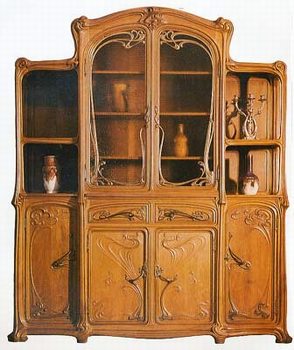
Art Deco (1920s and 1930s)
Art Deco is distinguished by its love of geometric shapes, symmetrical patterns and bright colors. Furniture from this period boldly combines different materials, from rare woods to metals, and reflects the optimism and modernity of the time.

Mid-Century Modern (1950s and 1960s)
Inspired by both modernism and organic simplicity, Mid-Century Modern emphasizes function. Furniture is uncluttered, with clean lines, simple shapes and a predilection for natural materials.
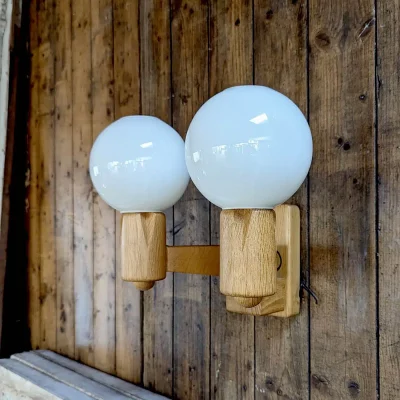
Post-Modernism and Contemporary Design (late 20th century - today)
Post-modernism introduces an eclectic mix of styles, combining past and present, while playing with shapes, materials and colors. The present day, contemporary design embraces diversity, incorporating elements of style including sustainability and technology.
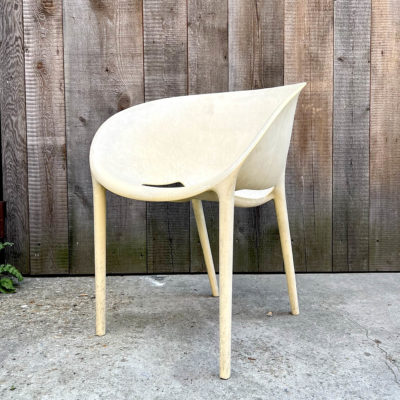
To conclude furniture stylesAlthough rooted in the past, they continue to influence and shape contemporary design. Their evolution reflects the cultural, social and technological changes of each era. Each style offers a unique perspective, a source of inspiration for the designers of today and tomorrow.



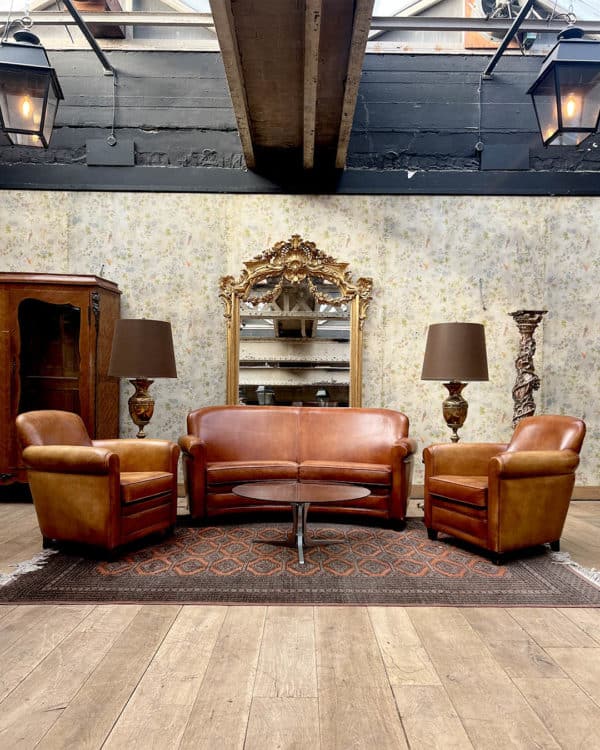

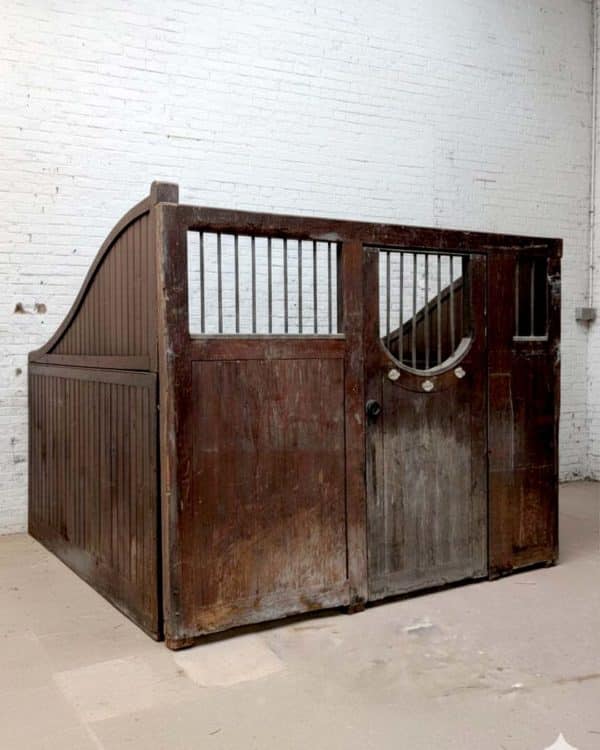
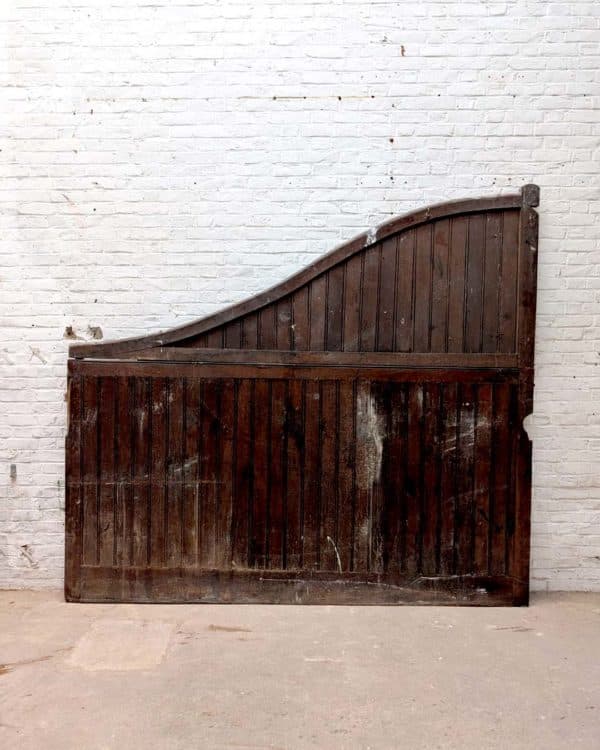
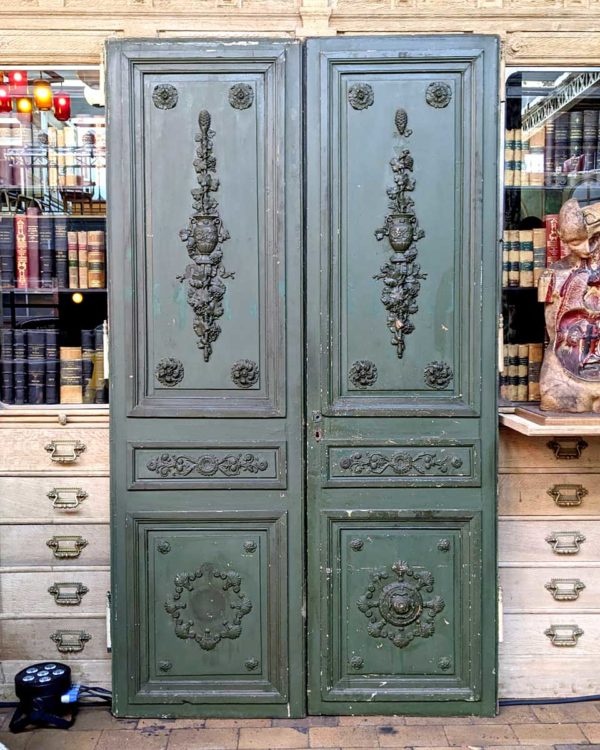






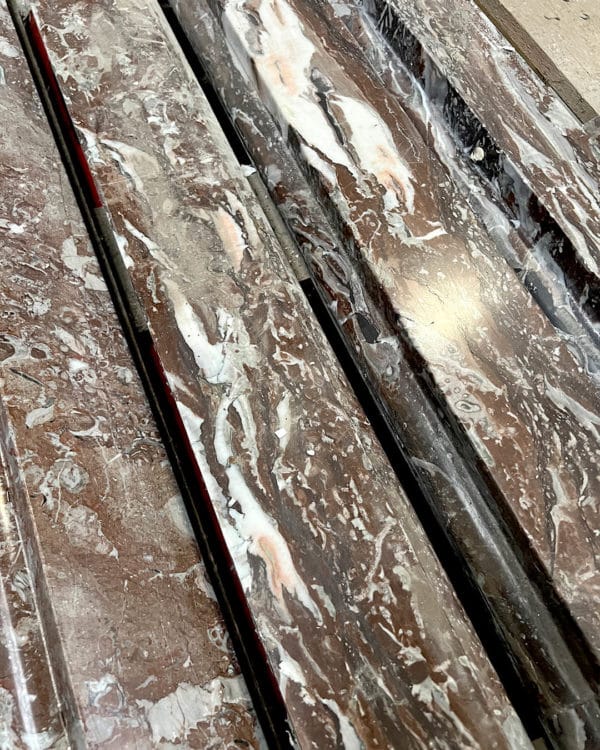
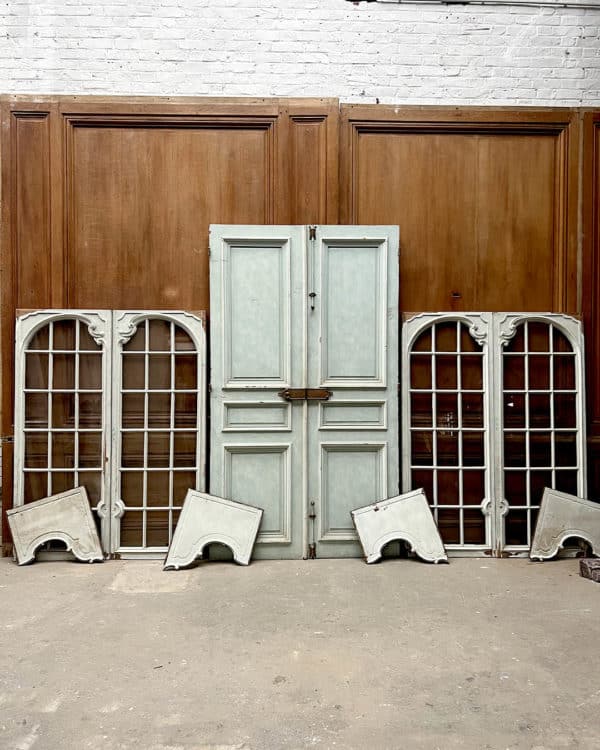
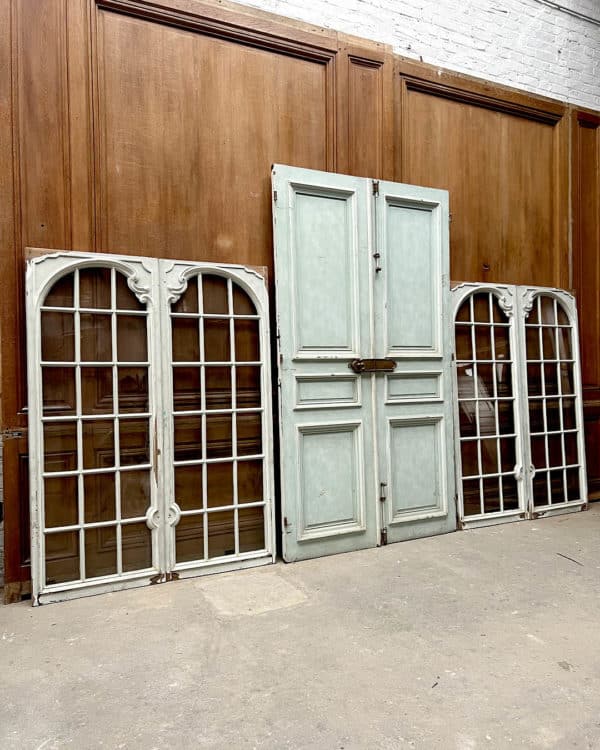
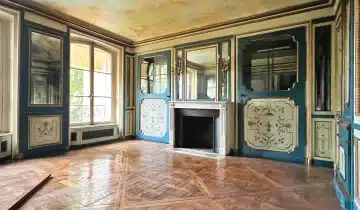

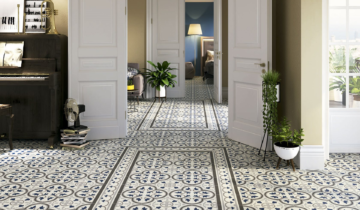
 No products in the cart.
No products in the cart.